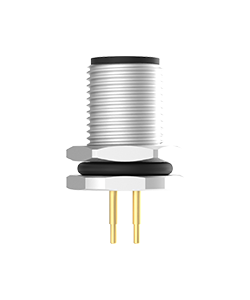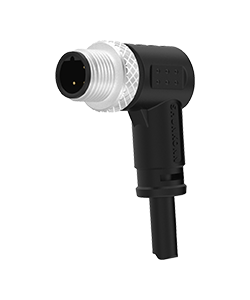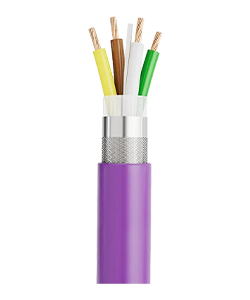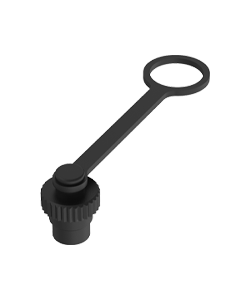Industrial Robot Common M16 Connector Selection Guide
Introduction
In the fast-paced world of industrial automation, ensuring that your equipment operates smoothly and reliably is essential. A critical component in this equation is the M16 connector, particularly when it comes to powering and connecting industrial robots. In this blog, we’ll explore the key features, selection criteria, and applications of M16 connectors, offering insights into how these connectors can improve the efficiency and reliability of your automation projects.

Why M16 Connectors Are Essential for Industrial Robots

How to Select the Right M16 Connector for Industrial Robots
1. Current and Voltage Requirements
Industrial robots require reliable power connections, especially when dealing with high-power motors and actuators. Ensure the M16 connector you choose can handle the necessary current and voltage ratings for your system.
2. Environmental Considerations (IP Rating)
In many industrial settings, robots are exposed to harsh environments. M16 connectors with IP67 or IP68 ratings are ideal for applications where moisture, dust, and other contaminants are a concern. These ratings ensure that the connector remains fully functional even in extreme conditions.
3. Pin Configuration
M16 connectors are available in various pin configurations, depending on the number of connections needed. Selecting the appropriate configuration for your robot’s power, data, and signal requirements is critical to ensure a seamless integration.
4. Mechanical Durability
Robots often operate in environments with high vibrations and physical stresses. It’s essential to choose connectors with high mechanical durability and secure locking mechanisms to prevent disconnections and ensure long-term reliability.








